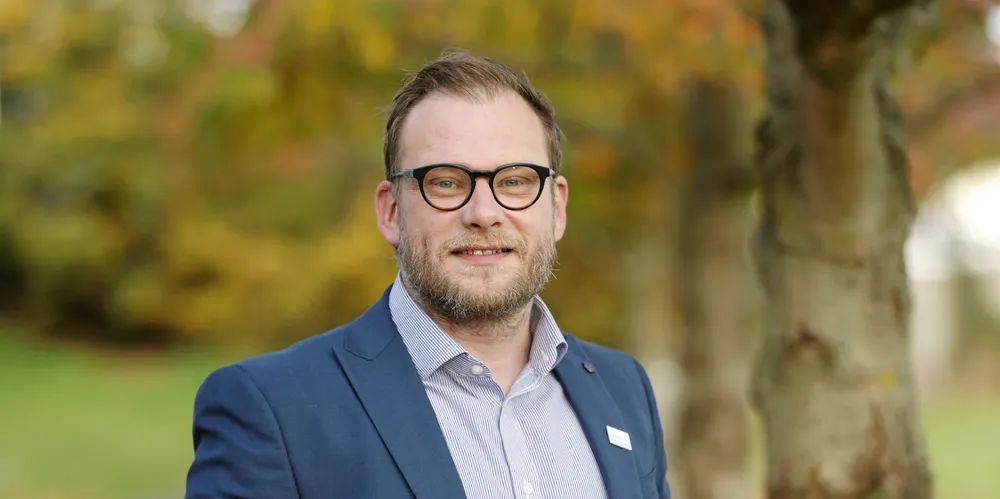EDF and Fred Olsen Seawind slash turbine numbers for Ireland's biggest offshore wind farm
Concerns about "wall of turbines" and efficiency gains allow 25% reduction in machines

EDF Renewables and Fred Olsen Seawind have made a 25% reduction in the number of turbines planned for the 1.3GW Codling offshore wind farm to be located off the east coast of Ireland.
The wind farm project had been proceeding on the basis that around 100 turbines would be needed but under the new design and layout plan the co-developers said today (Friday) that it will require at least 60 machines but no more than 75.
Codling, rated as the biggest of Ireland's so-called 'Phase One" offshore wind farm projects, will be developed by the 50/50 joint venture at a location between 13 and 22 kilometres off County Wicklow.
The plans had generated controversy, with one local politician raising objections to what he described as “a wall of turbines towering over the coastline between Bray and Greystones."
These concerns were expressed after Codling Wind Park, along with other east coast projects such as the (824MW) Dublin Array (RWE) and the 500MW North Irish Sea Array (Statkraft-CIP) were given the green light for development last year.
At an earlier stage, the Codling wind farm had been scoped for around 440 wind turbines, but the developers said a reduction of up to 83% had been possible thanks to efficiency gains with new turbine technology and a more detailed understanding of the wind farm site.
The minimum proposed turbine tip height was set at 288 metres, with a maximum of 314 metres.
The developers said the site will still generate 1.3GW of clean electricity, enough to power over one million homes.
Once operational, they said, it will help Ireland meet over 26% of its 2030 grid connected offshore wind targets and pursue its national target of generating 80% of its electricity from renewable energy by the same year.
The new details about the project were announced ahead of a third and final series of public consultation taking place this month.
“This is one of the largest energy infrastructure investments ever seen in Ireland and a tremendously exciting one to work on,” said project director Scott Sutherland.
“As well as supplying over a quarter of Ireland’s 2030 offshore wind target, Codling Wind Park will support Irish energy independence, help stabilise the cost of electricity for Irish consumers and will displace 1.7m tonnes of carbon.
“It will also help the country realise its enormous potential to become a world leader in offshore wind."
Sutherland added that the reduction and layout of the reduced number of turbines was always a key response to the public consultation process.
"The design of the project has been informed by a range of inputs including geophysical, aerial and vessel-based surveys – some going back over 15 years – which have all fed into an extremely detailed Environmental Impact Assessment report which forms a critical part of the planning application.”
When developed, Codling Wind Park will be Ireland’s largest offshore wind farm.
The co-developers plan to start construction in 2026-27, provided planning permission and other necessary permits and consents are in place being received.
Construction is expected to take two to three years to complete.
(Copyright)